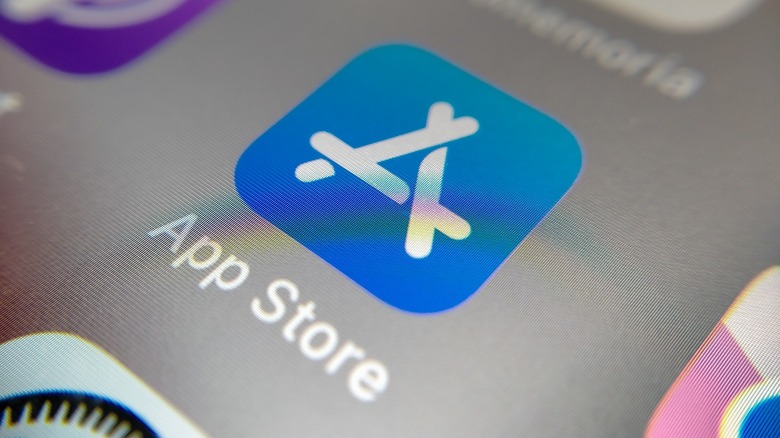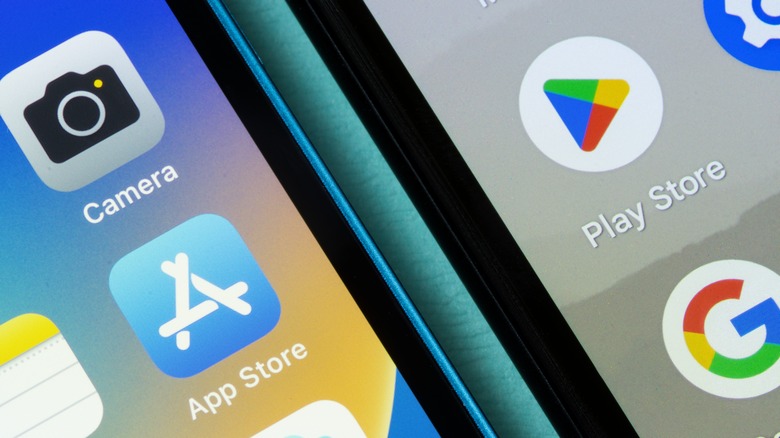It’s impossible to imagine modern life without smartphone apps, but there’s an alternate universe where they never took off. When the idea of an app store for the iPhone was first proposed to him, Steve Jobs shut it down. Known as much for his temperament as for his vision, Jobs believed that allowing developers to make third-party apps for the iPhone and iPod Touch would ruin the simplicity of the devices. His solution? Web apps running in Safari. At the CEO’s insistence, the first iPhone was launched without an app store. But it wasn’t long before Jobs was forced to capitulate, and his change in attitude changed the world.
Of course, Apple didn’t invent the mobile app store. As anyone who owned a Palm Pilot (or Tungsten, Treo, etc.) can attest, the best part of that ecosystem was finding cool programs — from games to e-readers — and running them on the go. However, the concept of a vertically integrated store for mobile apps had never succeeded on a wide scale. Few people still remember Windows Phone Marketplace. But in 2008, Apple released the App Store and launched the iPhone 3G a few months later, changing the course of software for decades to come. It was among the most important moments in history for iPhones and beyond. Today, iPhone users outside of the European Union still rely on the App Store to get their software (more on that later). Even on Android, which lets users sideload apps from alternative sources, the overwhelming majority still download them from the Play Store. So, here’s how Apple’s paradigm shift in software sourcing has changed our lives, both for better and worse.
The App Store made software seamless
Before the popularity of centralized app stores, which can now be found on every major mobile and desktop operating system, tracking down software was challenging. Trying to track down an app that isn’t in one of those storefronts was and still is a minefield. Depending on how niche the software is, it was common to spend a frustrating amount of time tracking down a download link. Even worse, it was all too easy to come across a piece of malware masquerading as the program you needed. Now, you just type it into the store’s search bar, click or tap the install button, and move on with your day.
App stores have also made software updates far easier. Rather than opening each program on your phone or computer and manually updating it (or, even more tedious, needing to check the developer’s website for updates), you can simply hit a single update button and sit back as the storefront does all that work for you.
The App Store also democratized software development. For the first time, any developer could put their software conveniently within reach of countless users. That smooth, hassle-free experience sparked a massive boom in app creation. Eventually, the company that had once balked at the concept of an app store was selling iPhones with the tagline, “There’s an app for that.”
But platform owners haven’t given us app stores out of altruism. Apple’s App Store is a massively lucrative platform, earning the Cupertino giant $10 billion in 2024. That’s because Apple takes a bite of developer revenue, even taking a slice of the pie on transactions made within the app. The App Store may have been revolutionary early in the mobile era, but the downsides have now become equally clear.
The App Store restricted freedom of choice for users and developers
For all the convenience that Apple’s App Store has brought to our digital lives, it has also introduced some serious concerns regarding user privacy and freedom, leaving developers frustrated. Apple has stringent rules regarding apps, which many developers feel are unfair. In a 2024 complaint filed by the United States Department of Justice, the government alleged that Apple’s rules have stifled the development of super apps, cloud streaming, messaging, and digital wallet apps. Apple claims it’s only protecting user safety, but it’s remarkably convenient that so many of the things it deems unsafe would compete with its own services. Since iOS, unlike macOS, Windows, or Android, does not allow apps to be installed from anywhere other than the App Store, Apple can deal a massive blow to an app by cutting it off from nearly 60% of the U.S. smartphone market. Sure, some apps are dangerous and are worth removing, but some app bans are downright strange and feel capricious to the developers. Moreover, users are missing out on apps they might find useful.
Apple’s stranglehold over the app market is at a crossroads. In addition to antitrust cases pursued by both the Biden and Trump administrations, a 2024 European Union decision forced the company to allow third-party app stores to be installed on iPhones and iPads sold in the region. In the U.S., it was recently forced to allow apps to offer alternative payment methods aside from Apple Pay (another common developer bugbear) after a fed-up judge found that executives had been lying about those practices to the court in a case involving Fortnite developer Epic Games. Apple will only cede ground under extreme pressure from governments and consumers, and that reckoning has finally begun in earnest.



